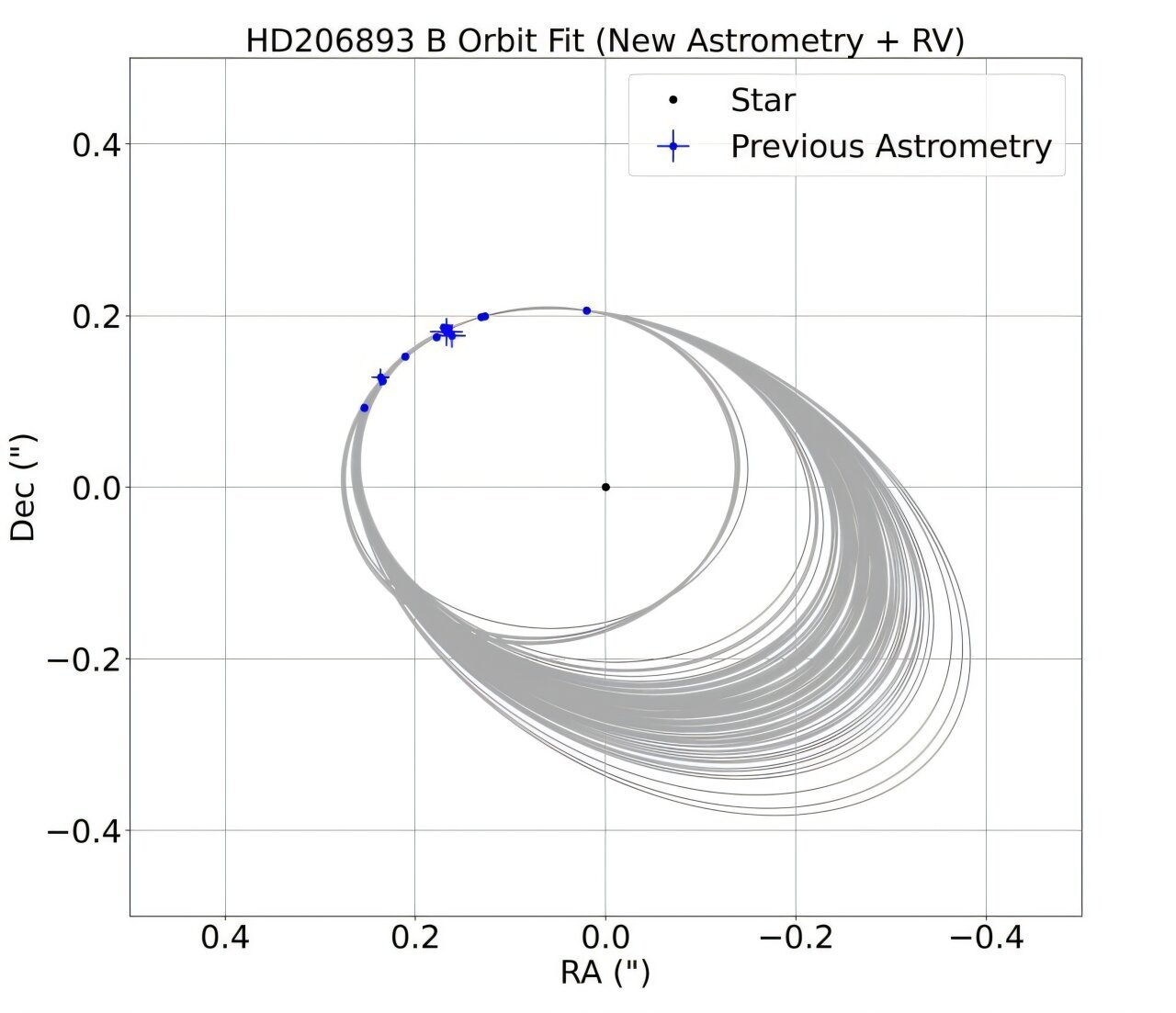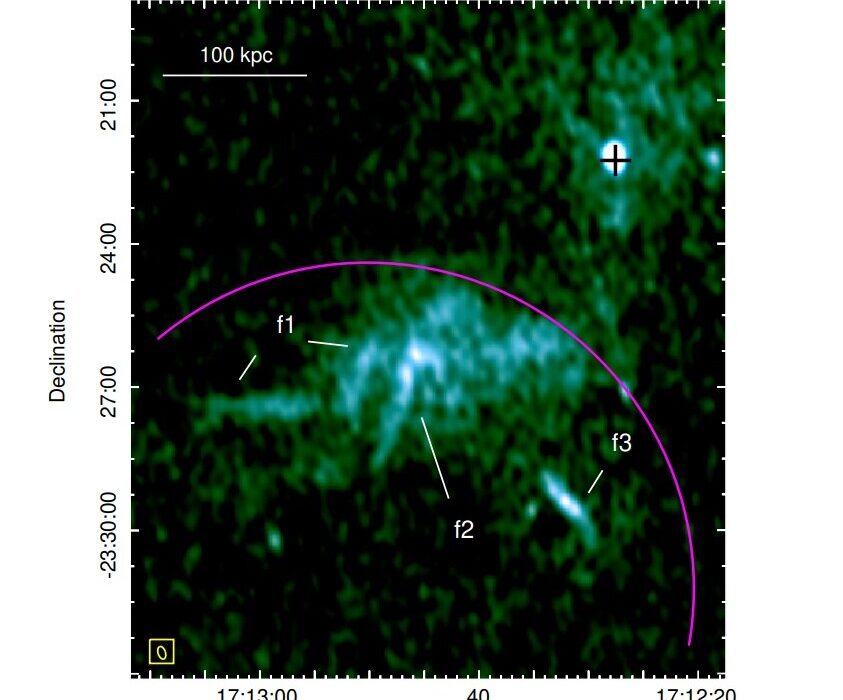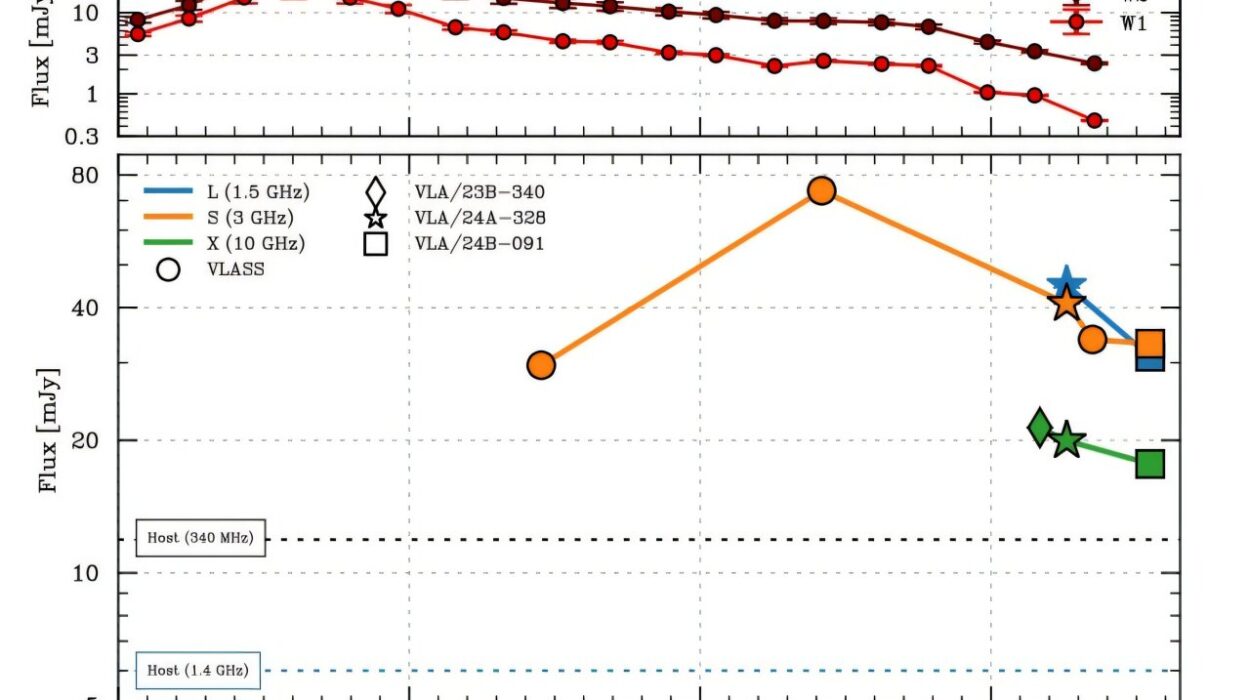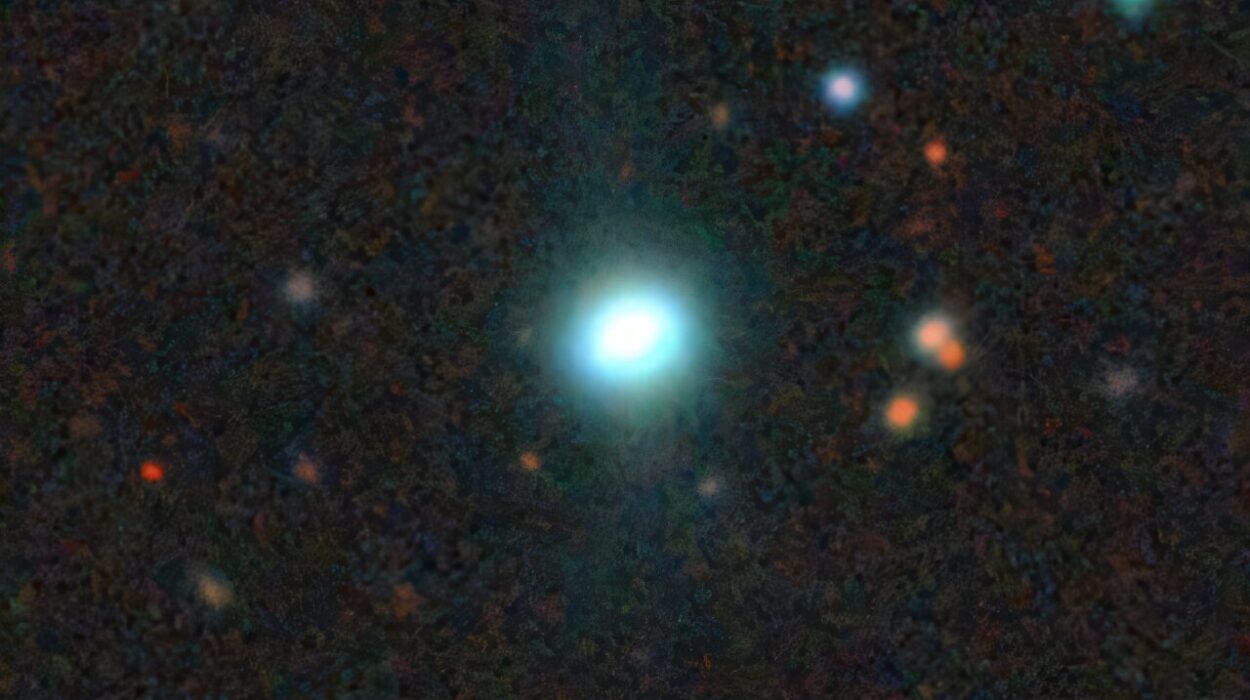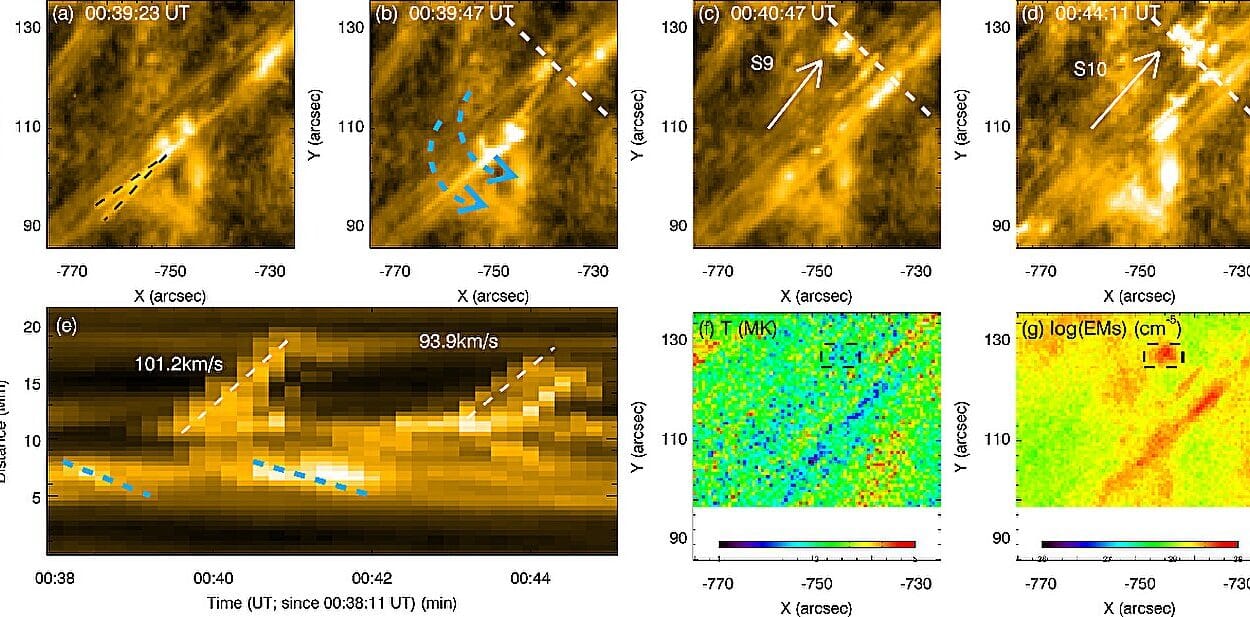Astronomers have made a significant breakthrough in the study of brown dwarfs with their recent high-resolution spectroscopic observations of a brown dwarf known as HD 206893 B, conducted using the Keck Planet Imager and Characterizer (KPIC). The results, presented on January 23 on the arXiv pre-print server, provide valuable insights into the characteristics of this substellar object and the architecture of the planetary system it resides in.
Understanding Brown Dwarfs: The Missing Link Between Planets and Stars
Brown dwarfs (BDs) are substellar objects that sit between planets and stars in terms of mass. These objects are typically between 13 and 80 times the mass of Jupiter (0.012 to 0.076 times the mass of the Sun). While they are too massive to be classified as planets, they are not quite massive enough to sustain hydrogen fusion at their cores like true stars. As a result, brown dwarfs do not shine as brightly as stars and are much cooler, making them difficult to detect through traditional means.
Despite the challenges in studying them, brown dwarfs have been detected in increasing numbers, yet they remain rare, especially those that orbit other stars. These objects can provide significant clues about the formation and evolution of both planetary systems and stellar objects.
HD 206893 B: A Unique Brown Dwarf in a Complex Stellar System
HD 206893 B is a particularly intriguing brown dwarf because it is a substellar companion to the star HD 206893, a star located about 133 light years away in the constellation Aquarius. This star belongs to the F5V spectral type, making it about 40% larger and 24% more massive than the Sun. It has a temperature of about 6,680 K and is estimated to be around 1.1 billion years old.
HD 206893 is a fascinating system in its own right, as it hosts not one but two exoplanets and has a circumstellar debris disk extending from 30 to 180 AU from the star. The presence of such a disk suggests that there may be ongoing planet formation and that the dynamics within the system are complex.
HD 206893 B itself is a massive object, estimated to be approximately 26 times the mass of Jupiter, and resides within the debris disk of its host star. Previous studies have suggested that the gravitational influence of HD 206893 B, combined with the self-gravity of the massive debris disk, may have played a role in shaping the inner edge of the disk.
The KPIC Observations: A Deep Dive into HD 206893 B’s Properties
Given the fascinating nature of HD 206893 B, a team of astronomers led by Ben Sappey from the University of California, San Diego (UCSD) set out to study this brown dwarf in greater detail using the Keck Planet Imager and Characterizer (KPIC). The KPIC is an advanced instrument designed to perform high-resolution spectroscopic observations, and it proved to be the perfect tool for analyzing this object.
Through their observations, the researchers used a Bayesian framework to extract detailed spectral data and infer the bulk atmospheric properties of HD 206893 B. These measurements enabled them to derive key characteristics, including the brown dwarf’s mass, radius, and temperature.
Key Findings from the Study of HD 206893 B
The study found that HD 206893 B has a radius of approximately 1.11 Jupiter radii and a mass of about 22.7 Jupiter masses. These measurements suggest that HD 206893 B is slightly smaller in size but still substantial in mass compared to other known brown dwarfs.
Additionally, the team measured the brown dwarf’s effective temperature to be around 1,634 K, which places it at the cooler end of the spectrum for brown dwarfs. The age of HD 206893 B was estimated to be approximately 112 million years, which is relatively young when compared to other substellar objects, offering further insight into the evolution of such bodies.
One of the most interesting findings of the study is related to the brown dwarf’s atmospheric composition. The researchers calculated the carbon-to-oxygen (C/O) ratio for HD 206893 B, which came out to be 0.57, very close to the solar value of 0.54. This is significant because the C/O ratio is an important diagnostic tool for understanding the formation and evolution of planetary and substellar objects.
In the case of HD 206893 B, the near-solar C/O ratio suggests that the object likely formed through core accretion—a process in which a solid core forms first, followed by the accumulation of surrounding material—rather than through disk fragmentation, which is more commonly associated with planet formation.
Implications for the Formation of HD 206893 B and Its System
One key question raised by the study is how HD 206893 B came to be in its current position within the debris disk. The brown dwarf is located about 11.62 AU away from its host star, which is closer than what would typically be expected from objects formed through disk fragmentation. Disk fragmentation tends to create planets or brown dwarfs at much larger distances from the central star—typically around 100 AU. The proximity of HD 206893 B suggests that its formation process might have been more complicated, possibly involving core accretion in the inner regions of the disk rather than large-scale fragmentation.
These findings not only contribute to our understanding of the formation of brown dwarfs but also provide important clues about the overall dynamics of the HD 206893 system, particularly how the presence of such a massive object might influence the architecture of its surrounding disk. For example, it is possible that HD 206893 B could have played a role in shaping the inner edge of the debris disk, as its strong gravitational pull could affect the distribution of material in the system.
Future Investigations and the Role of the James Webb Space Telescope
While these findings are important, the researchers emphasize the need for further investigations to fully understand the formation and evolution of HD 206893 B and its host system. They suggest that future observations with the James Webb Space Telescope (JWST) would be a crucial next step in this research. In particular, the Near Infrared Spectrograph (NIRSpec) onboard the JWST would be able to perform high-resolution spectroscopic observations that would allow astronomers to measure the carbon-to-sulfur (C/S) ratio of HD 206893 B.
The C/S ratio is considered a more reliable indicator of an object’s formation location within a protoplanetary disk, and studying it could provide more definitive answers regarding how HD 206893 B formed and why it is located where it is in the system. JWST’s advanced capabilities in the infrared will also allow scientists to probe the deeper layers of the brown dwarf’s atmosphere, offering a more detailed picture of its chemical composition and physical properties.
Conclusion: Advancing Our Understanding of Brown Dwarfs
The results of this study are a significant step forward in our understanding of brown dwarfs, which occupy a unique position between planets and stars in the cosmos. Observations of HD 206893 B reveal important insights not only about the brown dwarf itself but also about the dynamics of its host system. By combining advanced observational tools like the Keck Planet Imager and Characterizer with future data from the James Webb Space Telescope, astronomers are steadily piecing together the complex puzzle of how such objects form and evolve. As research in this field continues, we can expect to uncover even more about the fascinating world of brown dwarfs and their role in the broader context of planetary and stellar evolution.
Reference: Ben Sappey et al, HD 206893 B at High Spectral Resolution with the Keck Planet Imager and Characterizer (KPIC), arXiv (2025). DOI: 10.48550/arxiv.2501.13917
